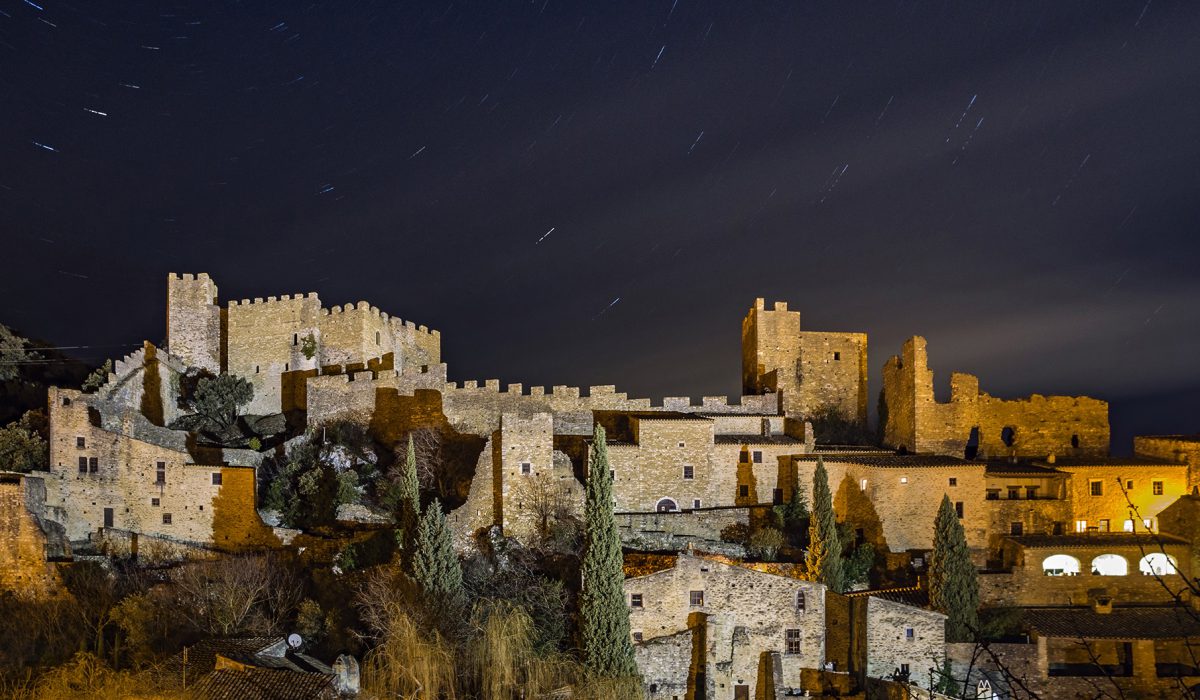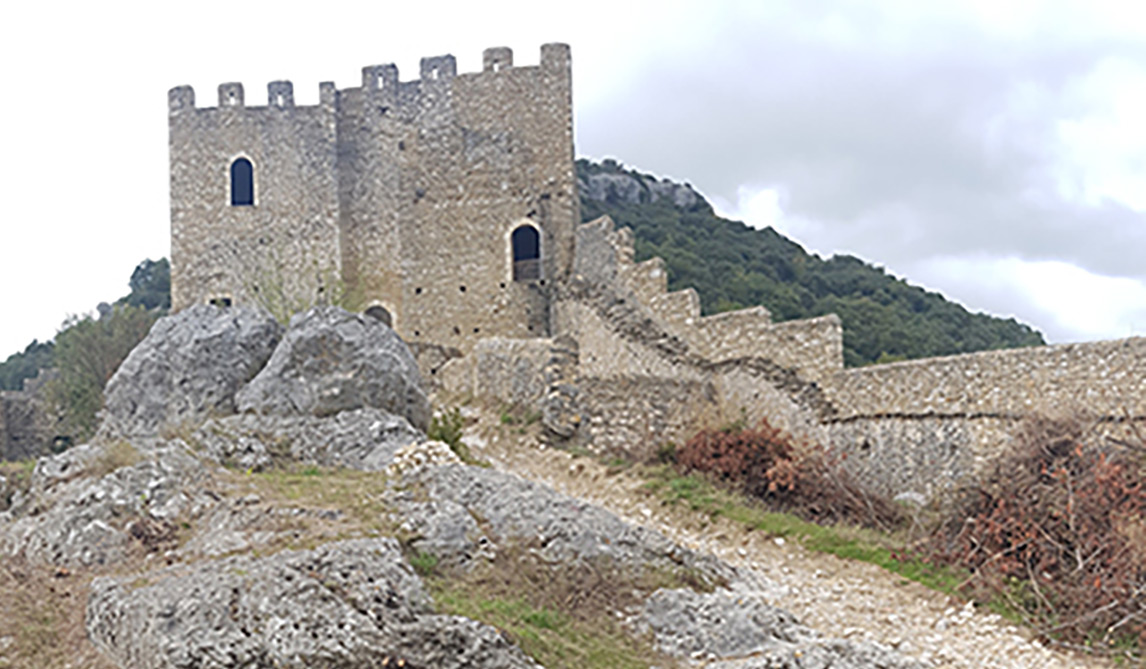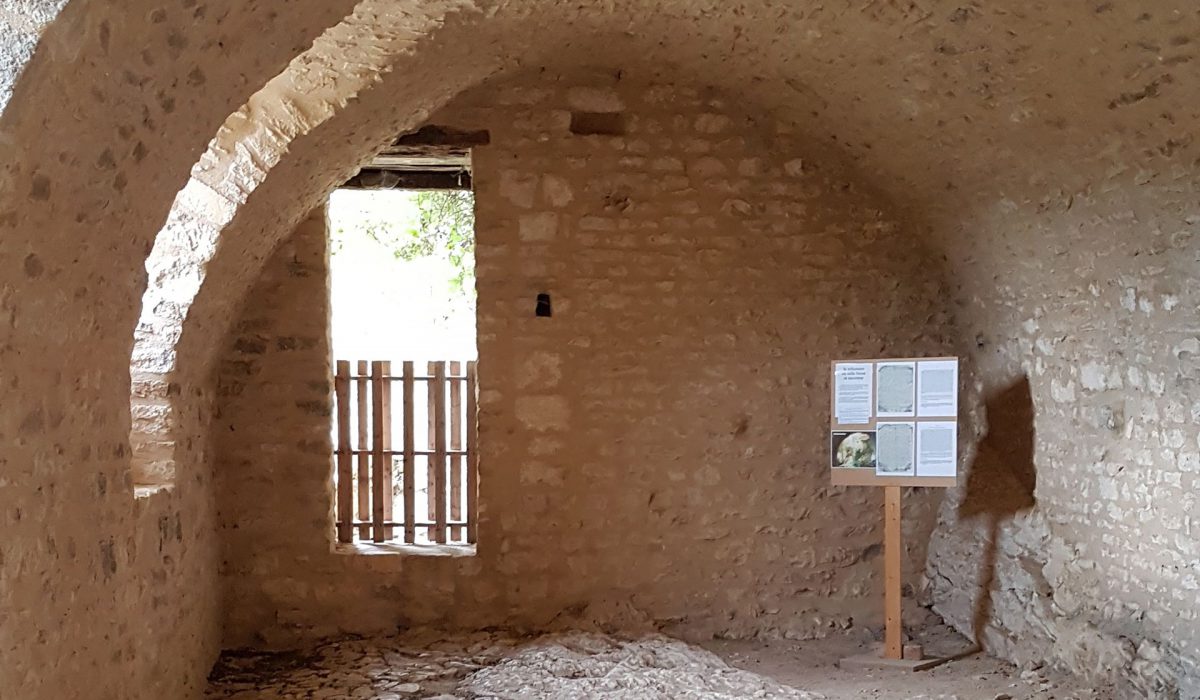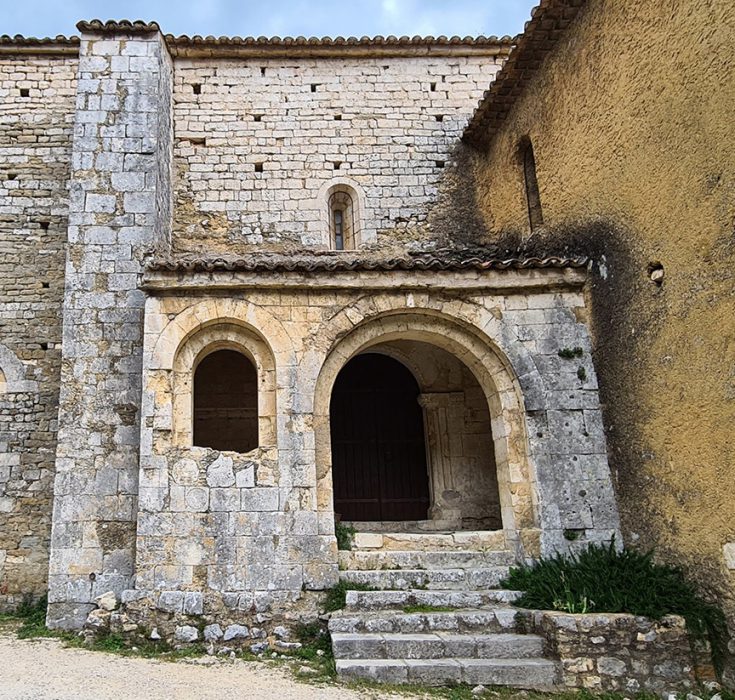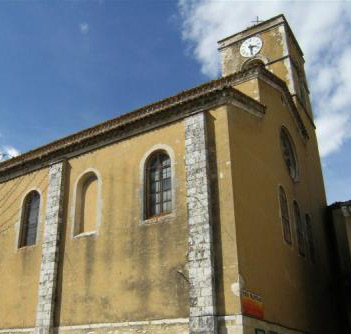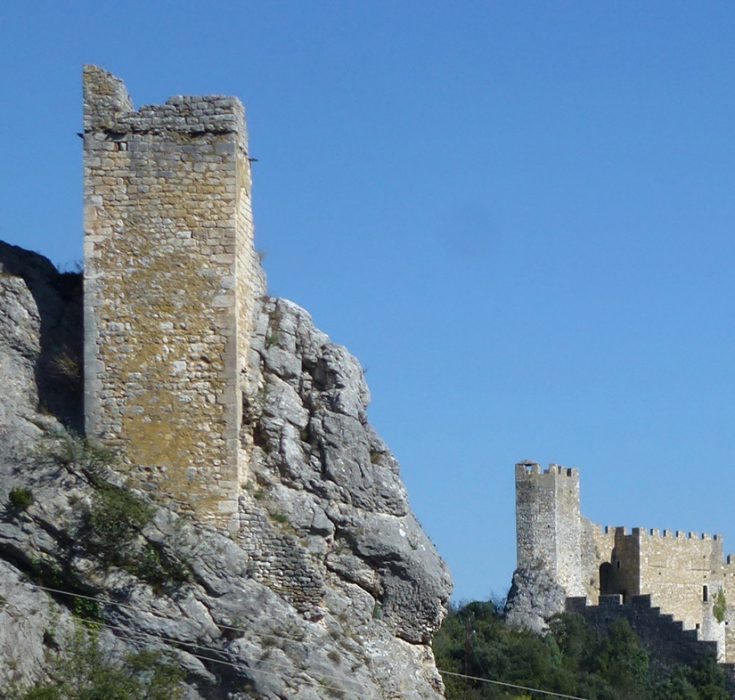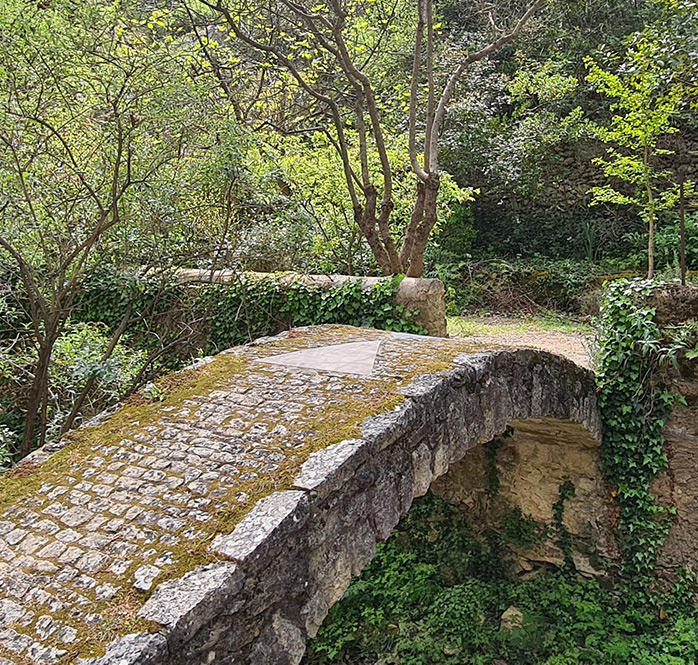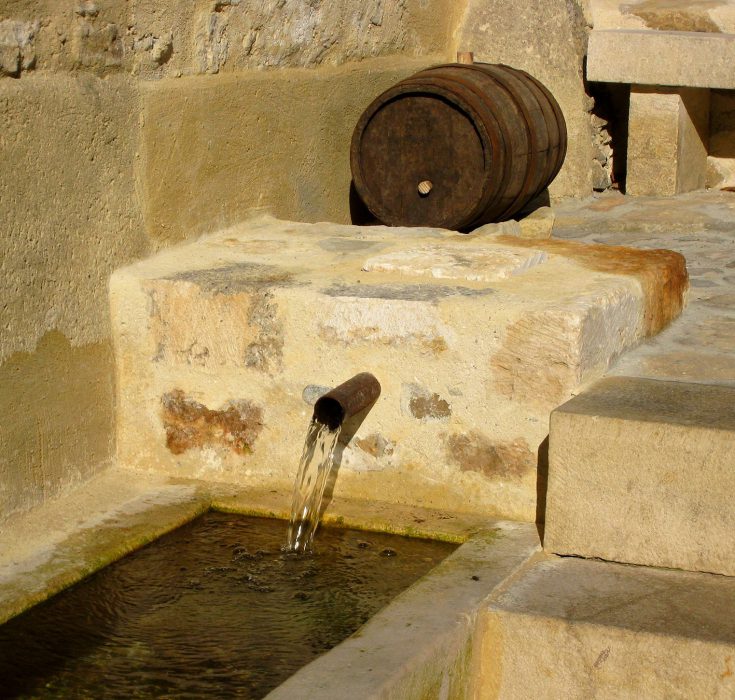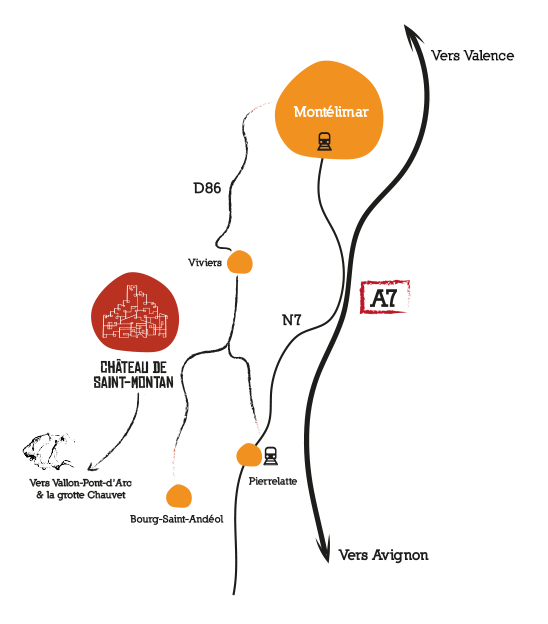The town of Saint-Montan has an extremely rich archaeological and historical heritage. All periods are represented Neolithic, Bronze and Iron Age, Gallo-Roman and feudal periods.
But what makes the character of the village today is the whole castral.
Saint-Montan: Origins and etymology
The legend tells us that in the 5th century lived in Laon a pious character called “Montanus”. His reputation for holiness was great He would have lived 30 years in the cave of the “Val Chaud”; a life of solitude, prayer and penance. Then he was discovered by hunters and received the visit of Saint-Rémi and John, bishop of Viviers, who asked him to settle in a more accessible place (the current place of the San-Samonta chapel). The influx of visitors forced him to leave the country and he retired to La Fère, in Picardie, where he was said to have died and where his relics were kept.
The feudal castle and the Castrai village
The castle, built on the rocky spur of the rock of Agache will constitute the starting point of the current village. It was impossible to design a village around the church of San Samonta, the configuration of the land did not lend itself to it.
According to the present state of archaeological research, “we know that the primitive building was the present central building; it was a dungeon and its construction seems to have been for a strictly military purpose in the 13th century. Then in the thirteenth century the castle was extended towards the ridge with new constructions having a residential vocation. Then over the centuries the habitat developed on the rocky slopes that dominates the castle. As these extensions were made, the ramparts were enlarged to ensure the protection of the houses.
In the 15th century the Castrai village will reach the banks of the two streams, encompassing the chapel of the castrum its total area is 2 hectares. It will then be surrounded by an important regularly drawn enclosure, which exists for the most part still today. It is still penetrated by three main doors whose last remodellings date from the sixteenth century.
The family with the surname “De Saint-Montan” could be the origin of the castle (written mention since 1110). However, at the end of the 13th century, Saint-Montan was a co-lordship.
Shared between several lords, the castle and its annexes, after the destruction of the wars of religion in the sixteenth century, knew a progressive disaffection (especially after the passage of Admiral Coligny in the pay of the Protestant army, strong of an army of about 3,000 men and 400 horses).
The whole of the village will remain inhabited until the 1880s then the houses will be abandoned little by little, as the disappearance of the people living there, until its renewal and reconstruction, begun in the 1970s by the Association of Friends of Saint Montan.







